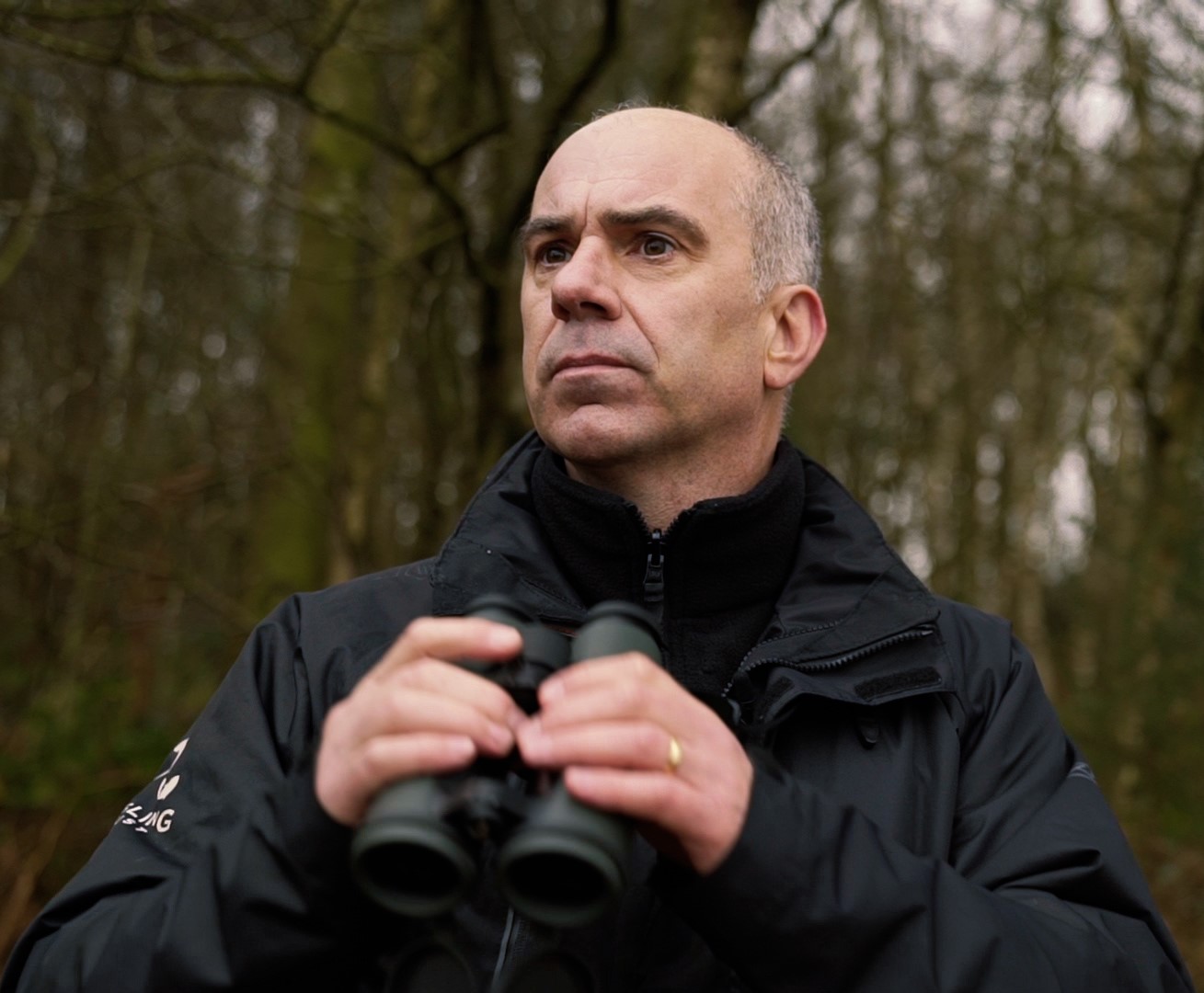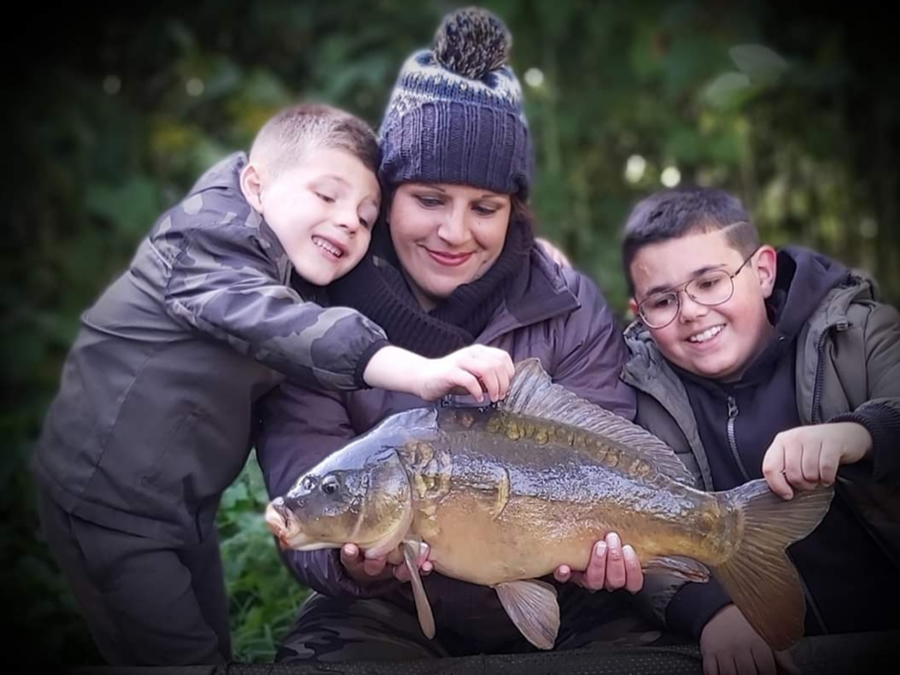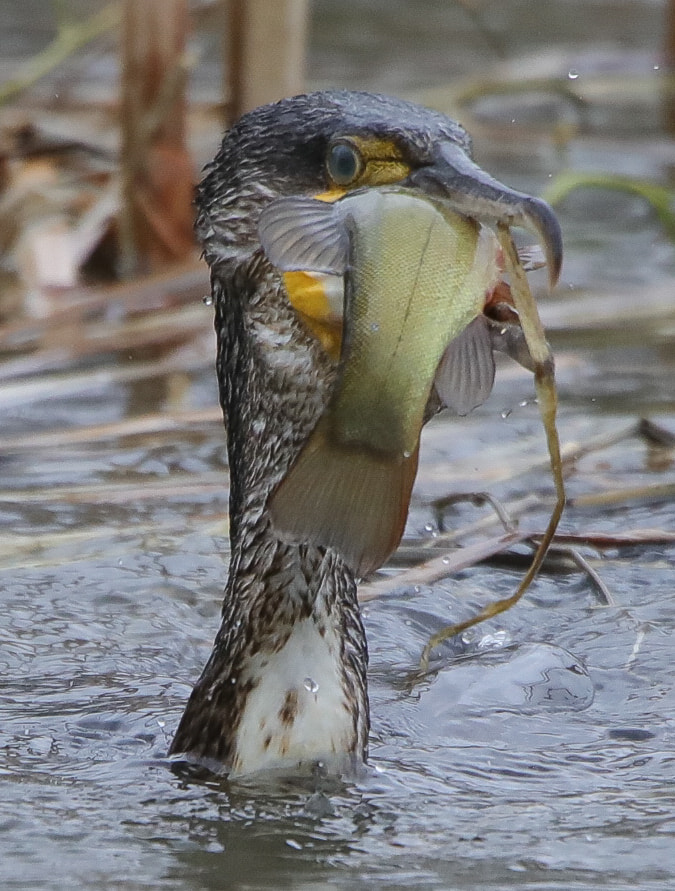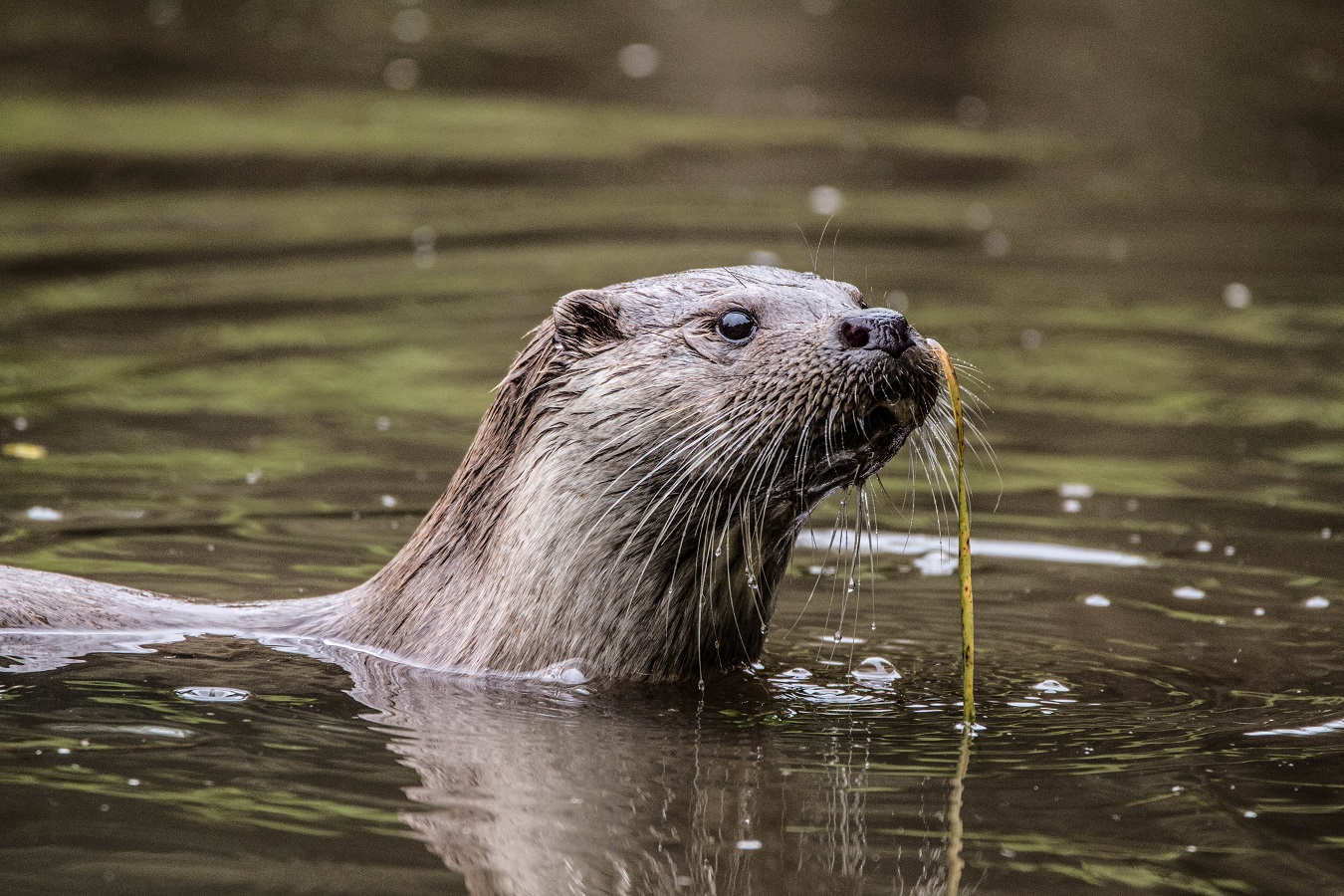Predation
Our Fishery Management Advisors, who are funded by the Environment Agency’s income from rod licences, can help you protect your fishery from predation with site visits and bespoke advice on:
- Improving refuge for fish from predation
- Modern, effective non-lethal scaring methods
- Individual & Area based Cormorant control licence applications
- Coordination of action through ‘Area based’ licences
- Monitoring bird numbers and evidencing of the impacts of predation
- How to protect fisheries from otter predation, including advice about fencing
- The Legal and humane trapping and removal of otters from fenced fisheries
- Mink control
- Advice on the impact of seals on freshwater fish stocks
Contact our Fishery Management Advisors

Richard Bamforth: 07904 041518 - North West, North East, Yorkshire and Humber, Lincolnshire, East Midlands, West Midlands















